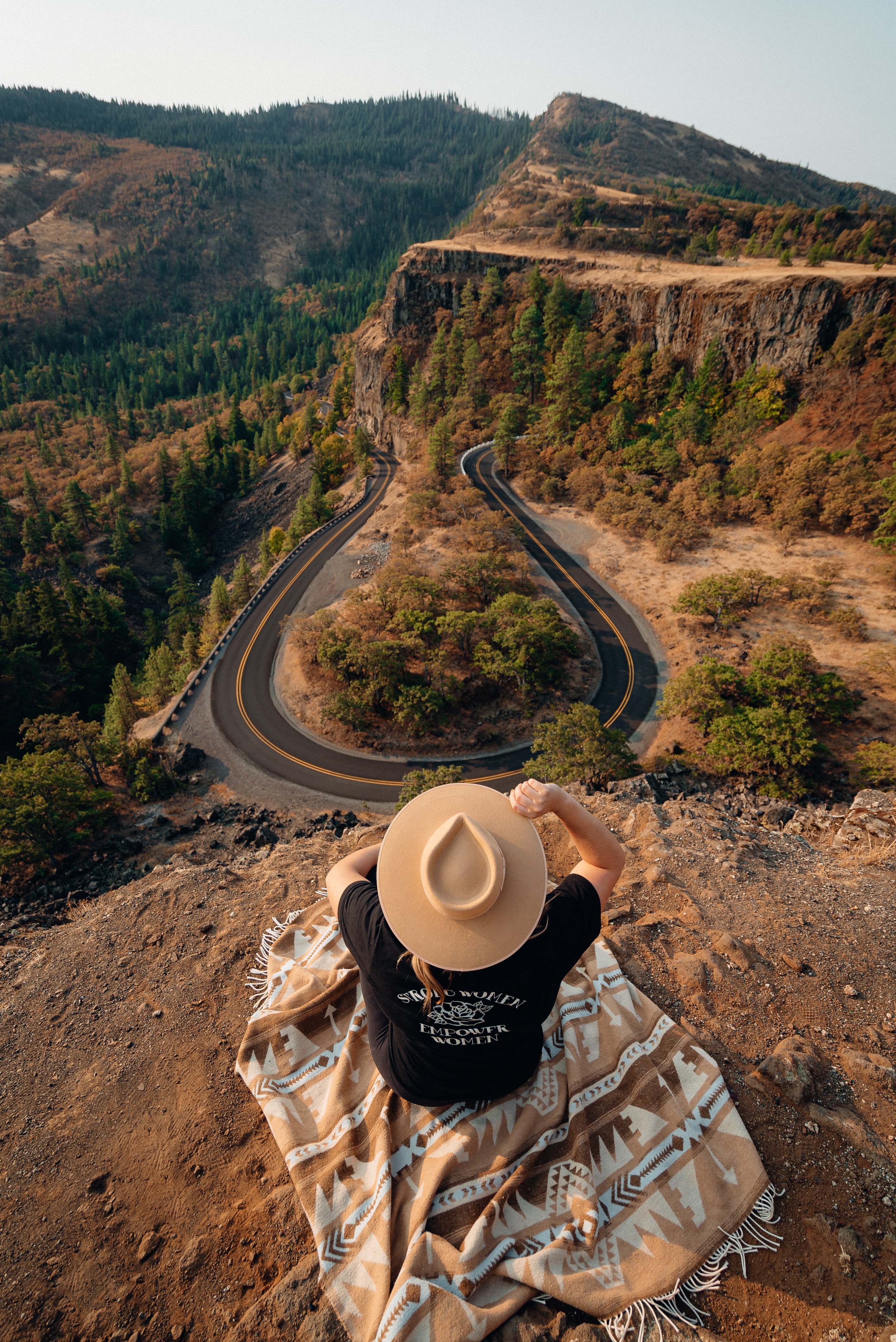Native American reservations are being targeted in Michigan, Utah, North Dakota and other states by drug traffickers.
More than two dozen perpetrators have been busted in an opioid ring that has been operating for five years, according to federal agents. Those indicted targeted three American Indian reservations positioned from Detroit to North Dakota and were responsible for moving millions of dollars of addictive oxycodone pain meds. U.S. Attorney Drew Wrigley of North Dakota said the case has been coined Operation Blue Prairie by authorities. Thousands of opioid pills with a value of at least $2.5 million have been sold mainly on the Turtle Mountain, Spirit Lake, and Fort Berthold reservations.
“It is fueling and driving the addiction problems we have in Indian Country and across the state of North Dakota,” he said, adding, “Nine of the defendants have connections to Detroit and the other seventeen are North Dakotans who were recruited to help with distribution and to feed their own addiction, in some instances.” In addition to the drugs, agents found a treasure trove of dangerous weapons.

All 26 defendants have been charged with “conspiracy to distribute and possess with intent to distribute a controlled substance,” according to their indictments, with some facing additional weapons and money laundering charges. Baquan and Darius Sledge, who are brothers, have been accused of heading up the operation and are facing a minimum of two decades behind bars for “criminal continuing enterprise.”
“Indian reservations can be easy prey because dealers can find a ‘mid-level’ person who can be trusted and law enforcement is generally understaffed,” Wrigley said. “The Bureau of Indian Affairs is currently operating at 40% capacity. What if the Fargo Police Department were staffed at 40%? How long would we stand for that?”
In a similar case, Andrew Michael Gomez, 33, of Ogden, Utah, pleaded guilty earlier this year to conspiracy to possess with intent to distribute methamphetamine within an Indian reservation. Gomez towed a camper to the Fort Peck Indian Reservation and trafficked the drug. He was sentenced this month to a decade behind bars with an additional five years of supervised release, according to Acting U.S. Attorney Leif Johnson. When federal agents searched Gomez’s camper, they discovered more than “6.5 ounces of meth, drug ledgers, electronic money transfer receipts showing money wires to individuals in Utah, a set of brass knuckles with a built-in knife, scales, baggies and other drug paraphernalia,” court records show.
The Department of Justice also announced this month that Patrick Dean Peltier, 50, and Christine Holtz, 29, both pleaded guilty to selling drugs on Spirit Lake Indian Reservation in North Dakota. Peltier was charged with distributing hydrocodone pills and Holtz was selling marijuana on the reservation. The two have yet to be sentenced.
A 2018 survey funded by National Institute on Drug Abuse (NIDA), part of the National Institutes of Health, conducted by Colorado State University, and published online in JAMA Network Open, compared drug use among Native American youth living on or near reservations to a national sample of American youth and discovered the Native American youth population reported significantly higher rates of alcohol, marijuana, cigarette, and other illicit drug use. Native Americans are at substantially higher risk of substance use nationwide and policing drug trafficking on reservations continues to be underfunded in most areas of the U.S.
Sources:
26 charged in opioid pipeline from Detroit to 3 North Dakota American Indian reservations
Two plead guilty to selling drugs on Spirit Lake Indian Reservation
Higher rate of substance use among Native American youth on reservations


Join the conversation!